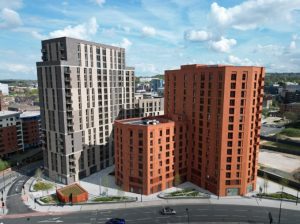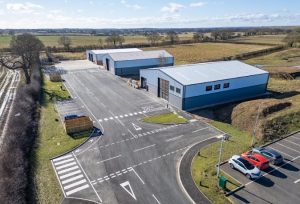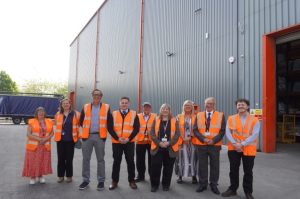Combining BPA and RPA for Digital Transformation

Introduction
Organizations may choose from a wide range of innovative process automation and transformation solutions. Artificial Intelligence, Machine Learning, and Business Process Automation are the most often used acronyms in the digital information technology space. BPA and RPA are both abbreviations for process automation technologies that can significantly boost workplace efficiency and productivity.
For instance, when RPA isn’t utilized in isolation, it’s typically incorporated into BPA. Combining these two modern technologies for digital transformation can significantly boost your business’s profitability. While these technologies have different functionalities, they can be combined to enhance productivity and efficiency.
What is Business Process Automation (BPA)?
Business Process Automation automates workflows within a company. Once a step in the business process completes, the BPA software automatically activates the next. BPA software is ideal for automating complex, multistep organization processes that are, in most cases, unique and part of the core business functions.
Business Process Automation’s holistic approach originates from the technology’s ability to work across multiple enterprise systems and applications needed to complete a given business process. With a Business Process Automation approach, businesses first analyze and improve a given business process prior to automating it.
This differs from the mimic-as-is technique often used in RPA. Well-reworked and optimized business processes using BPA limits human hands from the workflow. Human workers aren’t involved in automated processes. BPA is used by businesses in their respective digital transformation efforts for the reliability, efficiency, and accuracy it delivers to every automated enterprise process.
What is Robotic Process Automation (RPA)?
Robotics Process Automation technology replicates the way human workers interact with a system or software through a user interface to complete repeatable, high-volume tasks. RPA technology involves bots or software programs that can log into websites or apps, enter information, compute and complete tasks on behalf of human workers. These bots and software programs can also mimic workflows or copy data as required.
While bots can communicate with enterprise systems to streamline certain processes and limit the burden on human workers, they cannot make decisions since they aren’t inherently intelligent. RPA technology is perfect for rule-based tasks. These are tasks that have the same procedure, such that they’re done the same way repeatedly, with no steps requiring human decision-making ability.
Combining BPA and RPA: The Results
While Robotics Process Automation automates tasks, Business Process Automation helps optimize workflows and multiple enterprise processes to minimize manual mistakes and enhance overall efficiency. Organizations that combine BPA and RPA technologies can:
- Design and automate their business workflows within minutes
- Enable effective communications among different business levels and stakeholders
- Improve efficiency and incorporate end-to-end operations
- Analyze business workflows to identify areas that require modification and optimization
- Track and collaborate an enterprise process from start to end
- Deliver visibility into a process’s details
Final Thoughts: Advantages of Combining BPA and RPA
RPA is a BPA subset that enables optimizing important business processes. When you combine BPA and RPA, this technique results in numerous commercial benefits, including better efficiency, limited mistakes, and data-driven insights.
RPA and BPA aim to change how everyday business tasks are performed. While Business Process Automation stands for boosting and automating the entire enterprise business process, Robotics Process Automation is, in most cases, its integral part.








